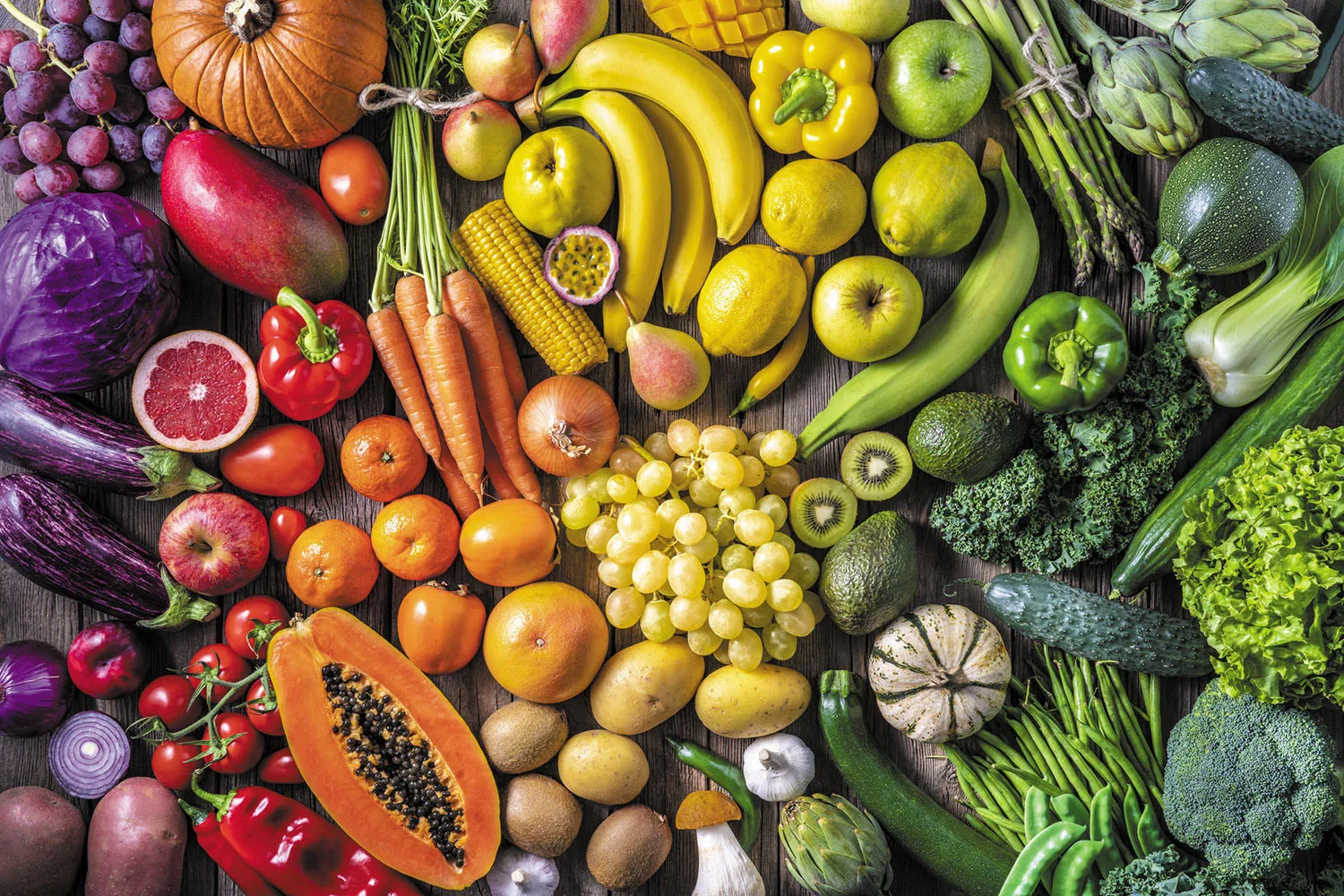Diabetes and obesity have become two of the most pressing health concerns worldwide. In the U.S. alone, over 37 million people have diabetes, with an estimated 96 million adults suffering from prediabetes. Excess weight is a leading culprit, as nearly 90% of individuals with type 2 diabetes are overweight or obese.
For those managing diabetes, a healthy diet and weight control are crucial components of maintaining healthy blood sugar levels. Although conventional vegetables like broccoli and spinach certainly have merit, exploring unconventional and lesser-known options can provide extra benefits. Unique vegetables with powerful properties can be total game-changers for diabetes management and weight loss.
Let’s look at 5 unconventional vegetables that are transforming the way diabetics can approach weight loss and blood sugar regulation. With creative recipes and innovative preparation methods, these vegetables prove you don’t have to stick to boring salads to reap the rewards!
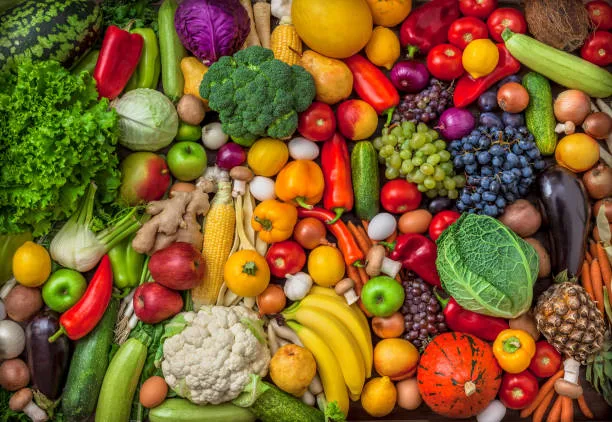
1. The Success of Bitter Gourd
Bitter gourd, also known as bitter melon, is often met with skepticism due to its sharp flavor. However, this unique vegetable boasts some of the most potent properties for diabetes management. Bitter gourd contains compounds like charantin, vicine, and polypeptide-p, which actively help regulate blood glucose levels and increase insulin secretion. This makes bitter gourd ideal for tackling insulin resistance.
In addition, bitter gourd has one of the lowest glycemic indexes of any vegetable, meaning it won’t cause spikes or crashes in blood sugar. The fiber and nutrients in bitter gourd can also promote satiety and weight management. One study even showed that 2,000 mg a day of bitter melon supplement significantly reduced body mass index and fasting blood sugar in diabetics.
While bitter gourd can seem off-putting, there are creative ways to incorporate it into meals. Try bitter gourd chips as a snack, bitter gourd tacos with spicy seasonings, or bitter gourd stir fries with complementary flavors. You can also drink bitter gourd juice with antioxidant-rich fruits to mask the strong flavor. Harness the power of bitter gourd, and it can transform your journey with diabetes.
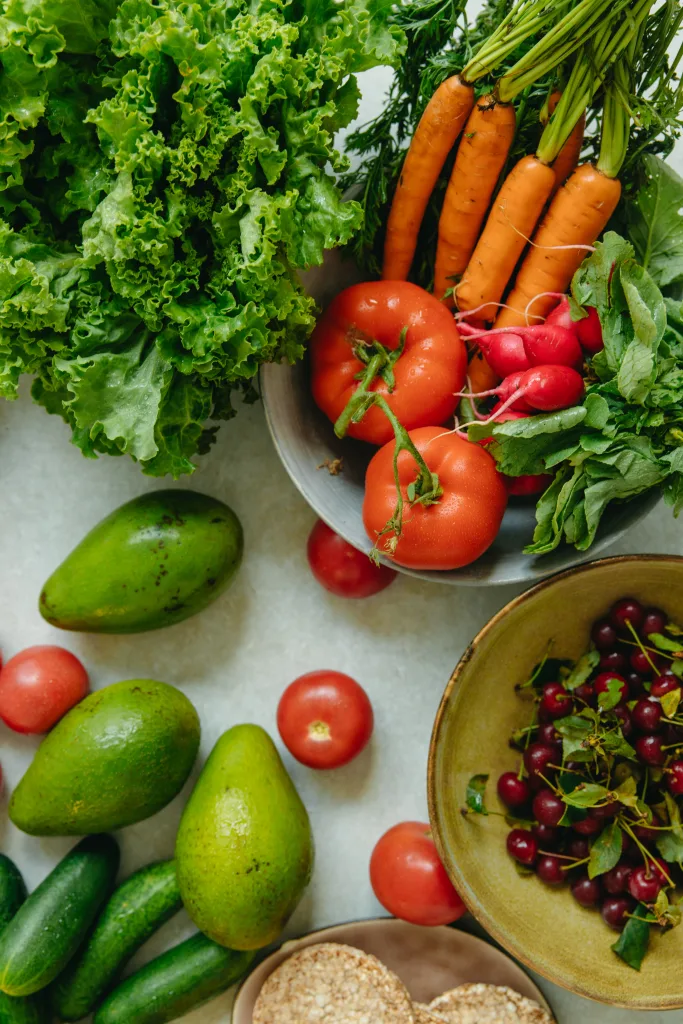
2. Harnessing the Power of Kohlrabi
Don’t let the odd appearance fool you – kohlrabi is packed with nutrients and benefits for diabetics. Similar to broccoli or cabbage, kohlrabi contains sulforaphane and indoles, compounds linked to improved blood glucose regulation. As a cruciferous vegetable, kohlrabi is also high in fiber, vitamins C, B6, and K, potassium, and antioxidants.
This versatile veggie aids digestion, stabilizes hunger levels, and helps slow the absorption of sugars in the bloodstream. One study found diabetics who consumed higher amounts of cruciferous vegetables had nearly 20% lower fasting blood glucose than those with minimal cruciferous vegetable intake. The high fiber and low caloric load also make kohlrabi an excellent choice for promoting weight loss.
You can spiralize kohlrabi into healthy noodles, roast it for a flavorful side dish, or shred it raw into slaws or salads. The leafy green kohlrabi tops can also be cooked and eaten just like kale or collard greens. Try kohlrabi tacos with avocado sauce or kohlrabi rice pilaf seasoned with herbs for nutritious recipes. Harnessing kohlrabi’s versatility can add a powerful punch of nutrition to your diabetic diet.
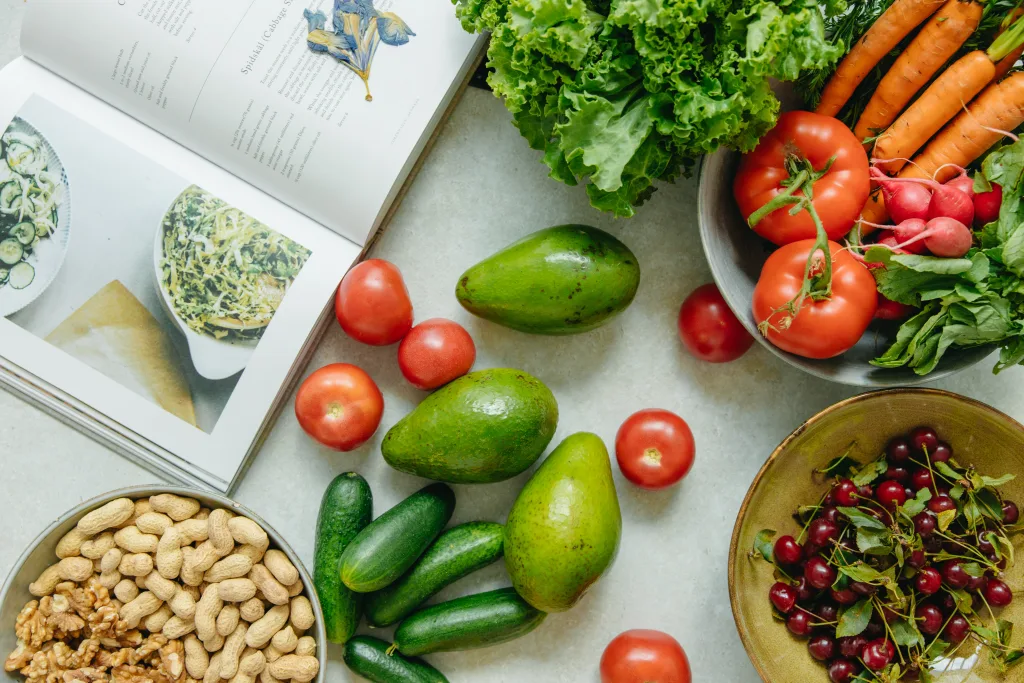
3. The Super Benefits of Seaweed
Seaweed isn’t typically thought of for diabetes management. But edible seaweeds like nori, wakame, and kombu are nutritional powerhouses worthy of attention. Seaweed contains iodine, which helps support thyroid function – crucial for keeping metabolism balanced. It also provides vitamin K, fiber, and antioxidants.
Additionally, seaweed is rich in unique bioactive compounds like fucoxanthin and glutamic acid. Fucoxanthin boosts metabolism and assists with fat burning. Glutamic acid enhances the savory umami flavor of foods, letting you cut back on excess salt and sugar. This makes seaweed ideal for promoting satiety and weight loss.
Simple ways to consume seaweed include making sushi rolls with nori wrappers, adding wakame to miso soup, or using kombu to flavor broths and beans. Sprinkle flakes of seaweed on salads, add to stir fries, or blend into smoothies. With its wealth of benefits, it’s time to dive into seaweed for diabetes management success.
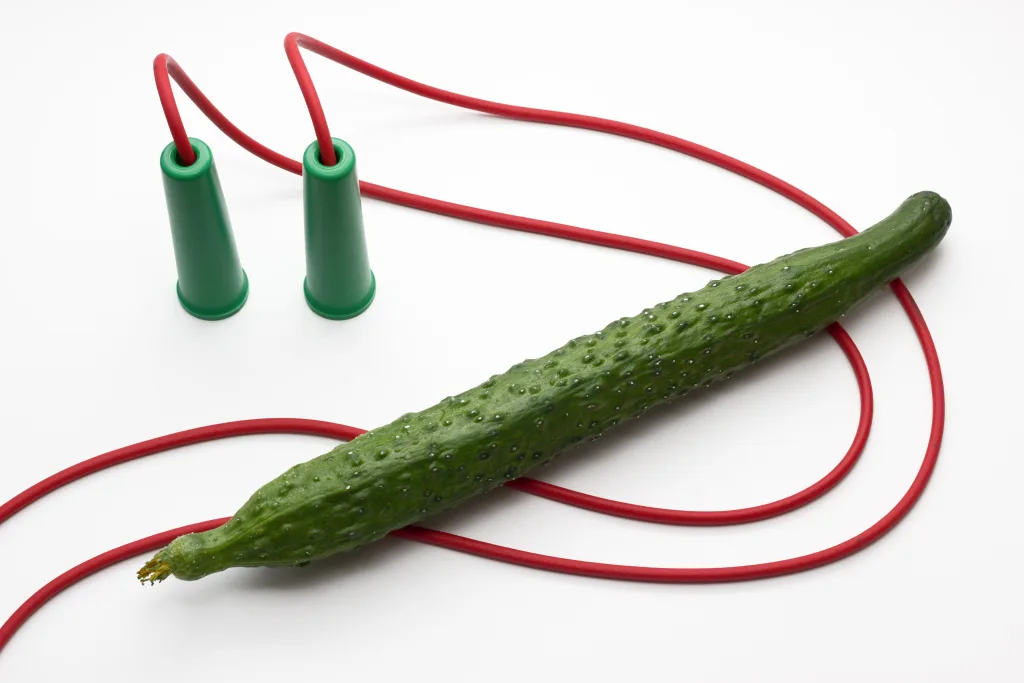
4. Purslane: The Potent Green for Weight Loss
Purslane may not yet be a staple green, but this lemony-tasting weed packs a serious punch. A cup of purslane contains over 300mg of omega-3 fatty acids, as well as magnesium, potassium, and iron. It’s particularly rich in alpha-linolenic acid, an anti-inflammatory omega-3 associated with improved cardiovascular health.
With its stellar nutrient profile, purslane can lower systemic inflammation, reduce heart disease risk, and support healthy blood glucose levels in diabetics. The antioxidants, vitamins, and minerals also make purslane a powerful aid for weight loss. One study found people given purslane supplements lost significantly more body fat after 8 weeks compared to a placebo group.
Purslane is easy to add to any dish. Toss it in salads, blend it into green smoothies, or cook it briefly like spinach. For a unique purslane recipe, try crunchy purslane fritters made with almond flour and seasonings. Utilize the mighty nutrients of purslane to kickstart weight loss and take charge of your diabetes.
5. Jicama: The Crispy Solution to Cravings
If you’re searching for crunchy alternatives to chips or French fries, look no further than jicama. Jicama is a tuber vegetable packed with fiber, vitamin C, potassium, and iron. This makes it an incredibly low-calorie, high-volume food perfect for weight loss. Just one cup of jicama contains over 6g of fiber and only 46 calories.
With its satisfying snap and slightly sweet flavor, jicama can curb cravings for unhealthy crunchy snacks. Studies show the soluble fiber in jicama promotes a feeling of fullness by slowing digestion. One analysis also found a natural inulin compound in jicama may help balance blood glucose response by influencing intestinal hormones.
Jicama requires no peeling or cooking – just slice and start snacking! For more flavor, season jicama fries with chili powder and lime juice or use jicama sticks for veggie dippers. You can also add raw jicama to salads for a juicy crunch. Give in to cravings the healthy way with jicama, the ultimate crisp and refreshing diabetic-friendly snack.
Conclusion: Embracing the Power of Transformative Vegetables
In conclusion, don’t limit yourself to traditional vegetables when it comes to diabetes management. Incorporate bitter gourd, kohlrabi, seaweed, purslane, jicama, and other unconventional options to bring new flavors and powerful nutrition to your plate.
With the right recipes and preparation techniques, these unique vegetables can transform the way you approach healthy eating with diabetes. A diet rich in diverse plants, along with regular exercise, stress management, and proper medication can help you regain control of your weight and blood glucose levels. Don’t be afraid to think outside the box to discover new vegetable favorites that pack a real punch.
Small steps like trying a new vegetable once a week can yield big rewards. Embark on your journey to better health today by exploring the possibilities of these 5 unconventional superstar vegetables for weight loss and diabetes management success! Remember that a healthy lifestyle that includes regular exercise, healthy food choices and stress management can have significant benefits to your overall health and quality of life.
Thank you for reading this post, don't forget to subscribe to our free newsletter
!
